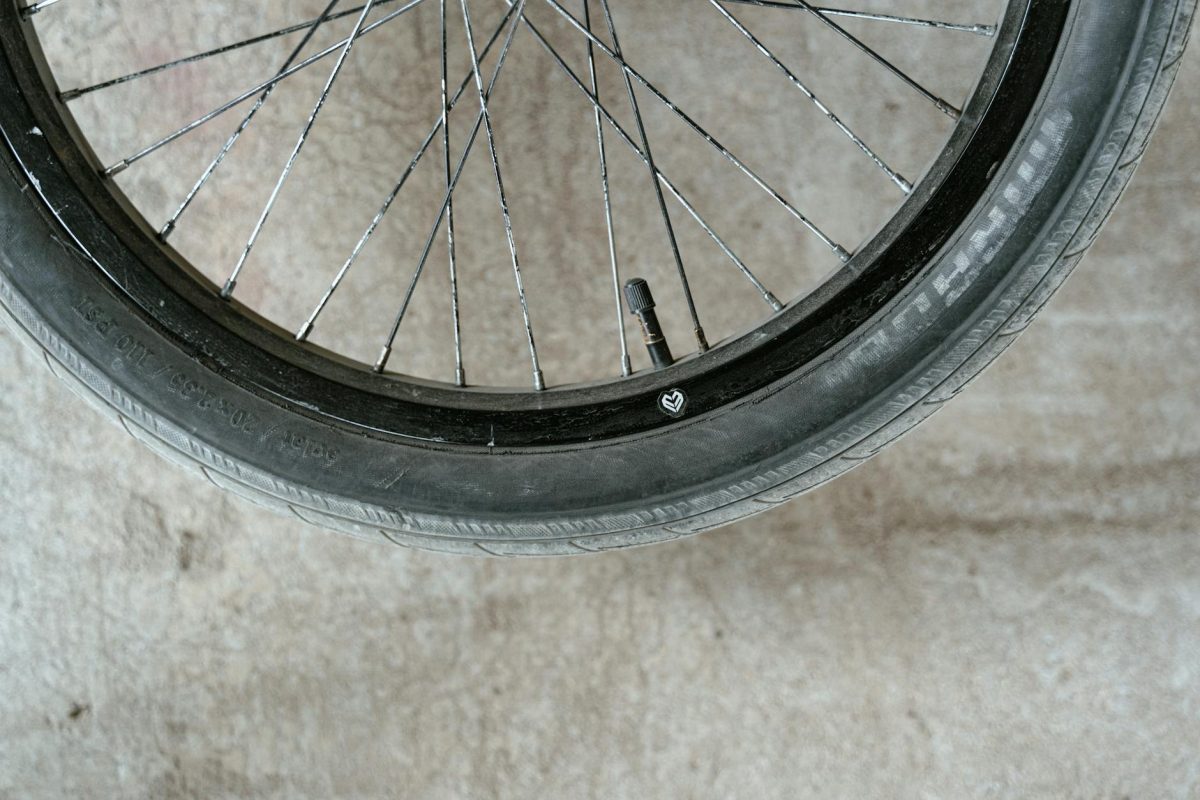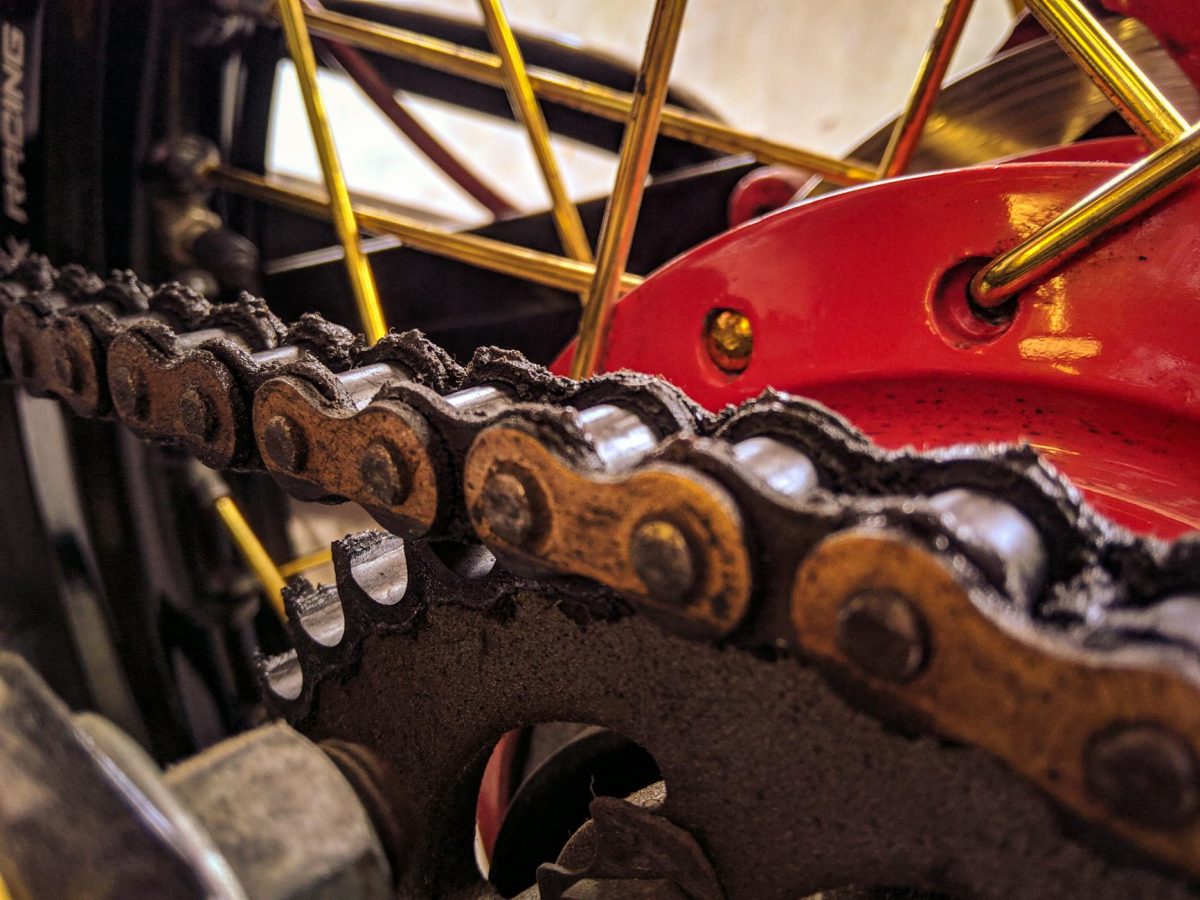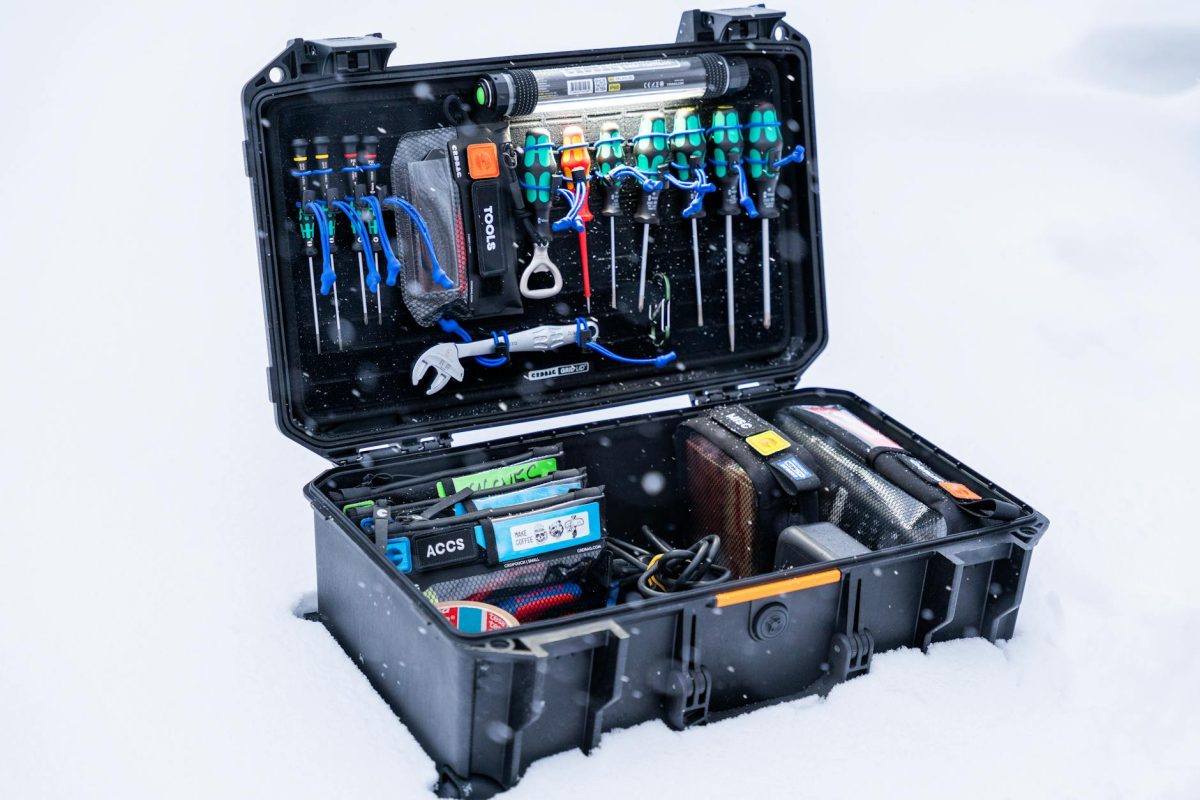When it comes to maintaining your bike tires, a little effort can go a long way in ensuring a smooth and safe ride. Proper tire maintenance includes monitoring tire pressure, checking tread wear, and rotating tires regularly. By following these essential tips, you can prolong the life of your bike tires and improve your overall cycling experience.
Checking Tire Pressure
One of the most critical aspects of bike tire maintenance is monitoring tire pressure. Proper tire pressure not only ensures a comfortable ride but also helps prevent flats and improves traction. Before each ride, use a pressure gauge to check the tire pressure. The recommended pressure range is typically printed on the sidewall of the tire. Make sure to inflate the tires to the appropriate pressure level based on the manufacturer’s recommendations.
Inspecting Tread Wear
Another important aspect of tire maintenance is checking the tread wear on your bike tires. Worn-out treads can decrease traction and increase the risk of skidding, especially in wet conditions. To inspect tread wear, look for signs of uneven wear patterns, bald spots, or cuts on the tire surface. If you notice any significant wear, it may be time to replace the tires to ensure your safety on the road.
Rotating Tires Regularly
Rotating your bike tires is essential for promoting even wear and extending the lifespan of the tires. Front tires tend to wear faster than rear tires due to the weight distribution on the bike. By rotating the tires periodically, you can distribute the wear evenly and maximize the mileage you get out of each tire. Typically, it is recommended to rotate the tires every few hundred miles or as needed based on the wear patterns.
Maintaining Proper Wheel Alignment
In addition to monitoring tire pressure, tread wear, and rotation, it is crucial to ensure proper wheel alignment on your bike. Misaligned wheels can lead to uneven tire wear, reduced handling, and a less efficient ride. Check the alignment of your bike wheels by inspecting the position of the wheels in relation to the frame and fork. If you notice any misalignment, adjust the wheel position or seek professional help to correct the issue.
Conclusion
In conclusion, bike tire maintenance is a vital aspect of keeping your bike in top condition and ensuring a safe and enjoyable ride. By following these effortless tips for monitoring tire pressure, checking tread wear, rotating tires, and maintaining proper wheel alignment, you can prolong the life of your bike tires and enhance your cycling experience. Remember that regular maintenance and attention to detail are key to keeping your bike rolling smoothly on the road.




